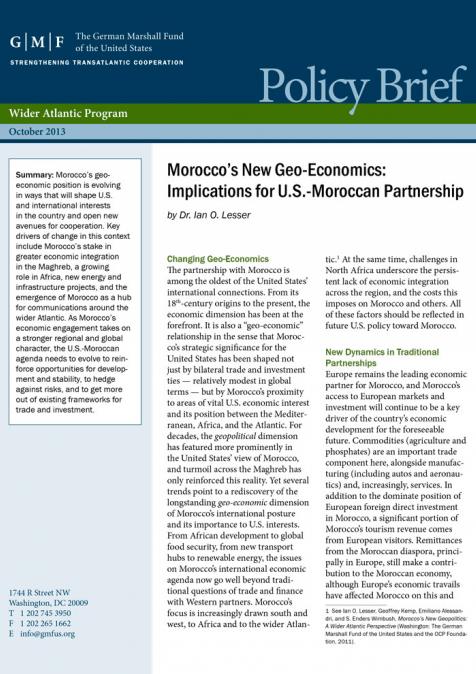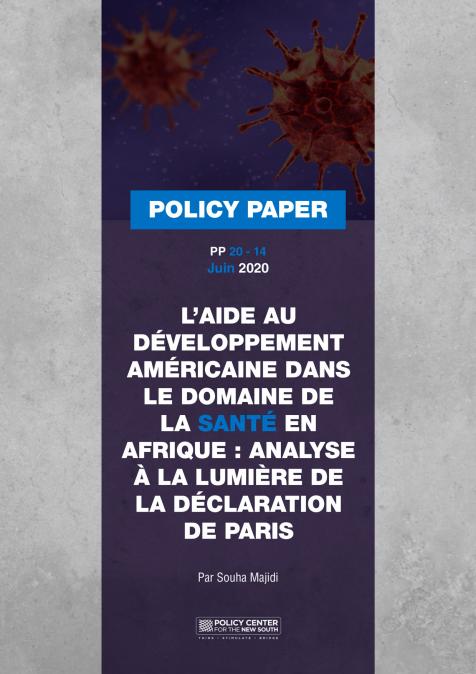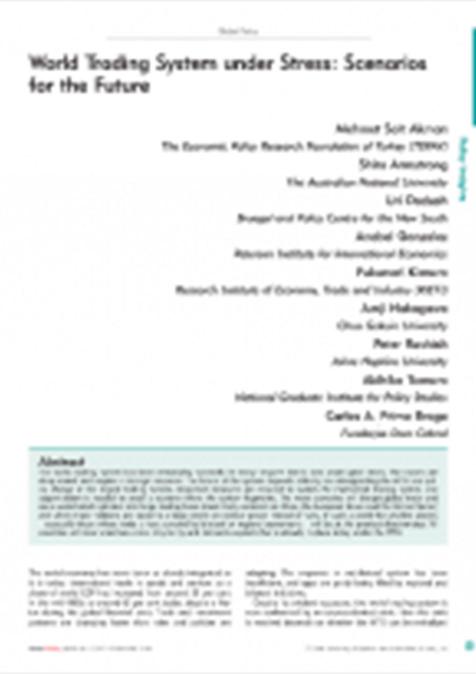Publications /
Policy Brief
This policy brief argues for a closer relationship between Morocco and the United States.
Morocco’s geo-economic position is evolving in ways that will shape U.S. and international interests in the country and open new avenues for cooperation. Key drivers of change in this context include Morocco’s stake in greater economic integration in the Maghreb, a growing role in Africa, new energy and infrastructure projects, and the emergence of Morocco as a hub for communications around the wider Atlantic. As Morocco’s economic engagement takes on a stronger regional and global character, the U.S.-Moroccan agenda needs to evolve to reinforce opportunities for development and stability, to hedge against risks, and to get more out of existing frameworks for trade and investment.





